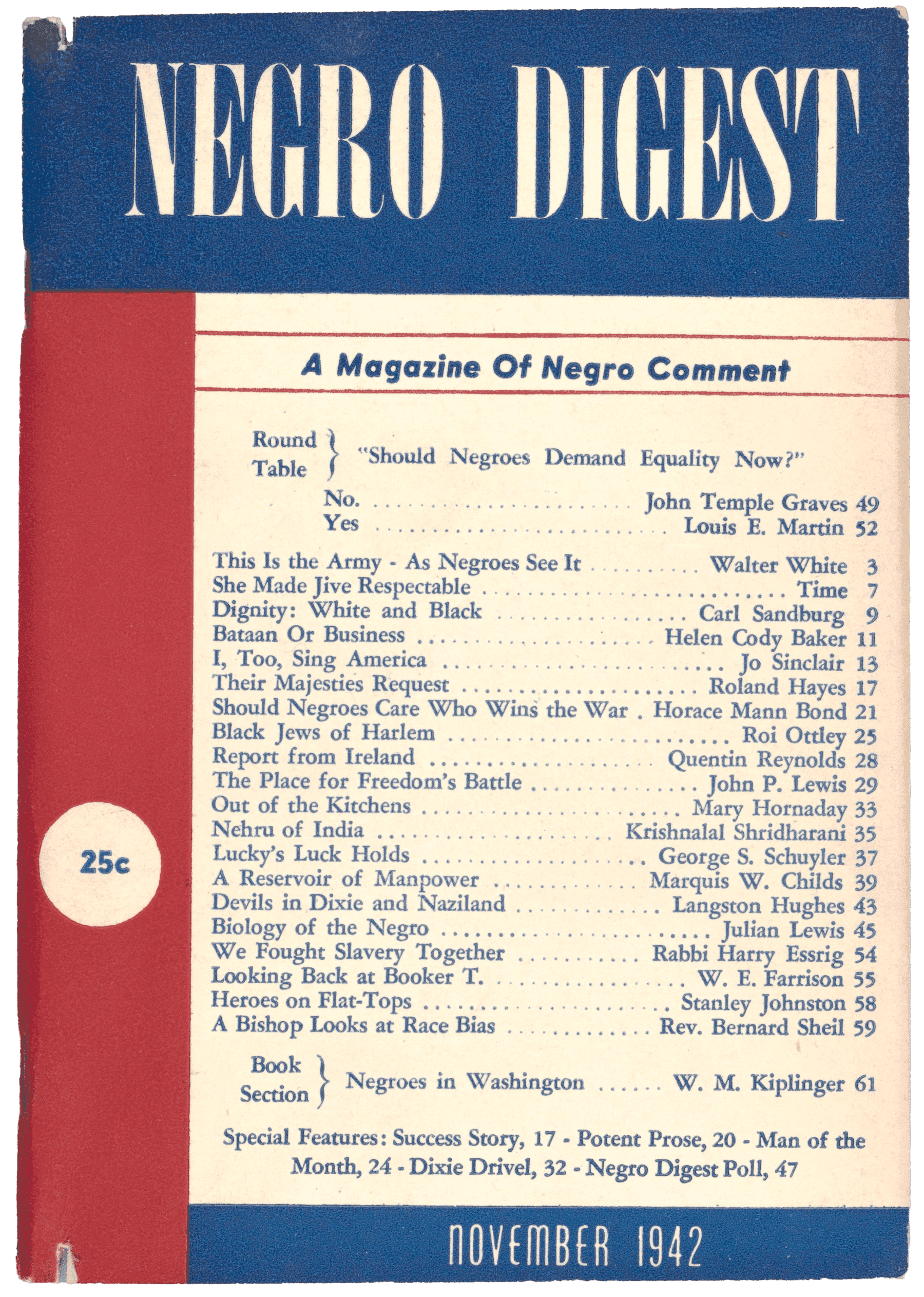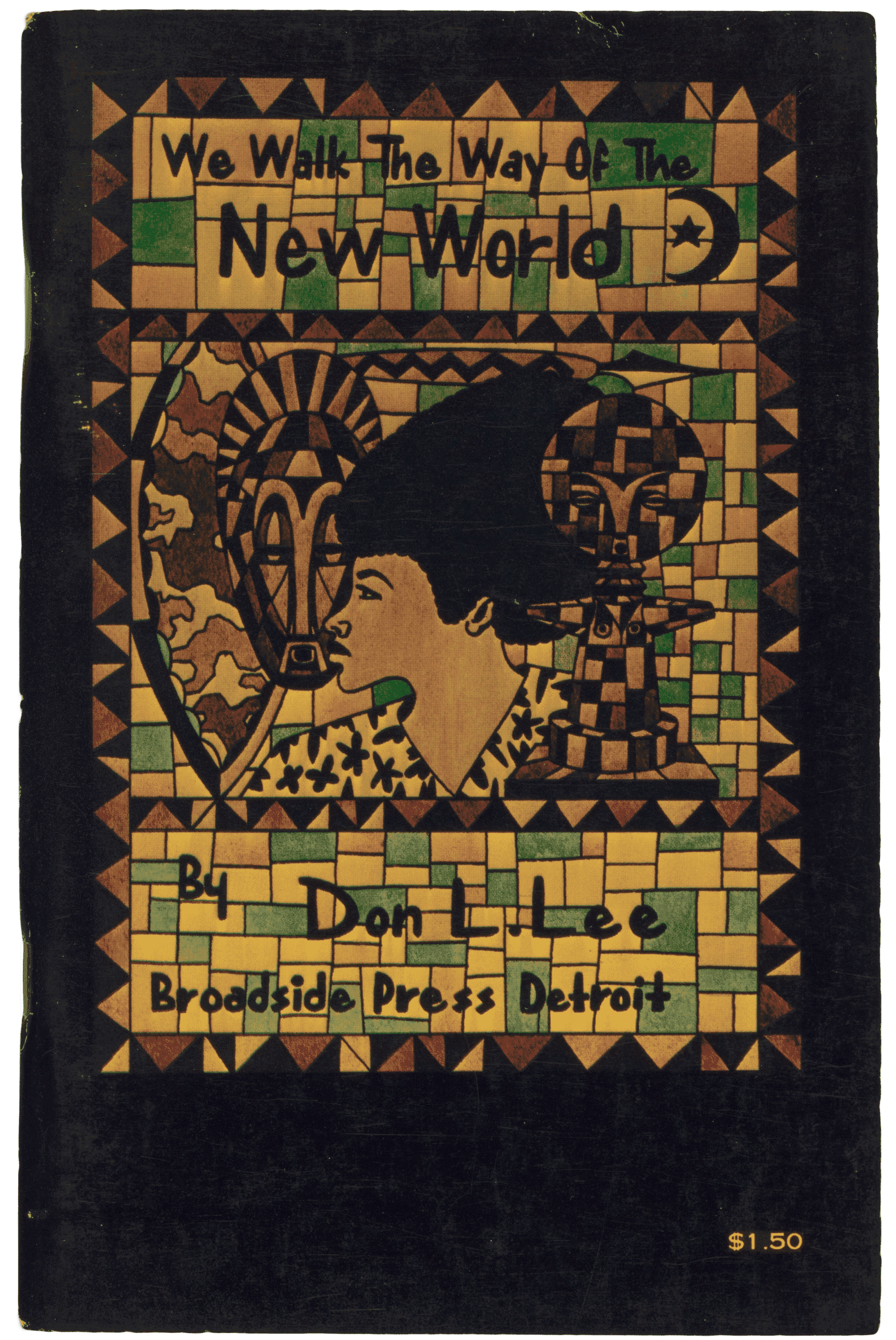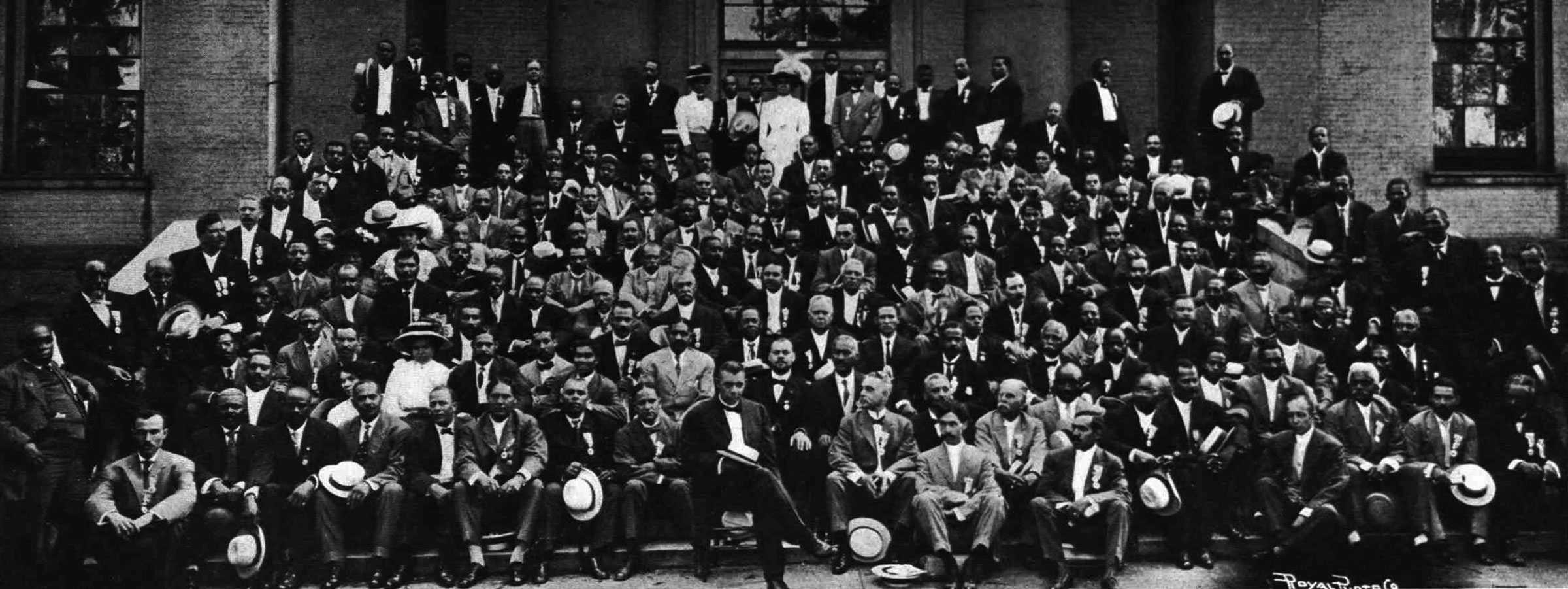
Chapter 2
Building National Institutions
Faced with the challenges of segregation, African Americans created institutions and organizations to serve their needs. They had families to care for and children to educate. They needed places to worship and places to relax. Establishing businesses, banks, churches, schools, and social organizations guaranteed that segregation would not be a paralyzing force in African American communities.
African American Financial Institutions
Citizens Bank was housed temporarily in the Duncan Hotel in Nashville, Tennessee.
In the early 1900s, African Americans could deposit their money in white banks, but white banks rarely offered loans to Black customers. Regardless of their financial status, bank officials often saw African Americans as risky investments, which made it difficult for Black men and women to start a business, buy livestock, or acquire property. In the spirit of self-help, African Americans formed their own financial institutions to support Black businesses, finance home purchases, and help Black communities grow.
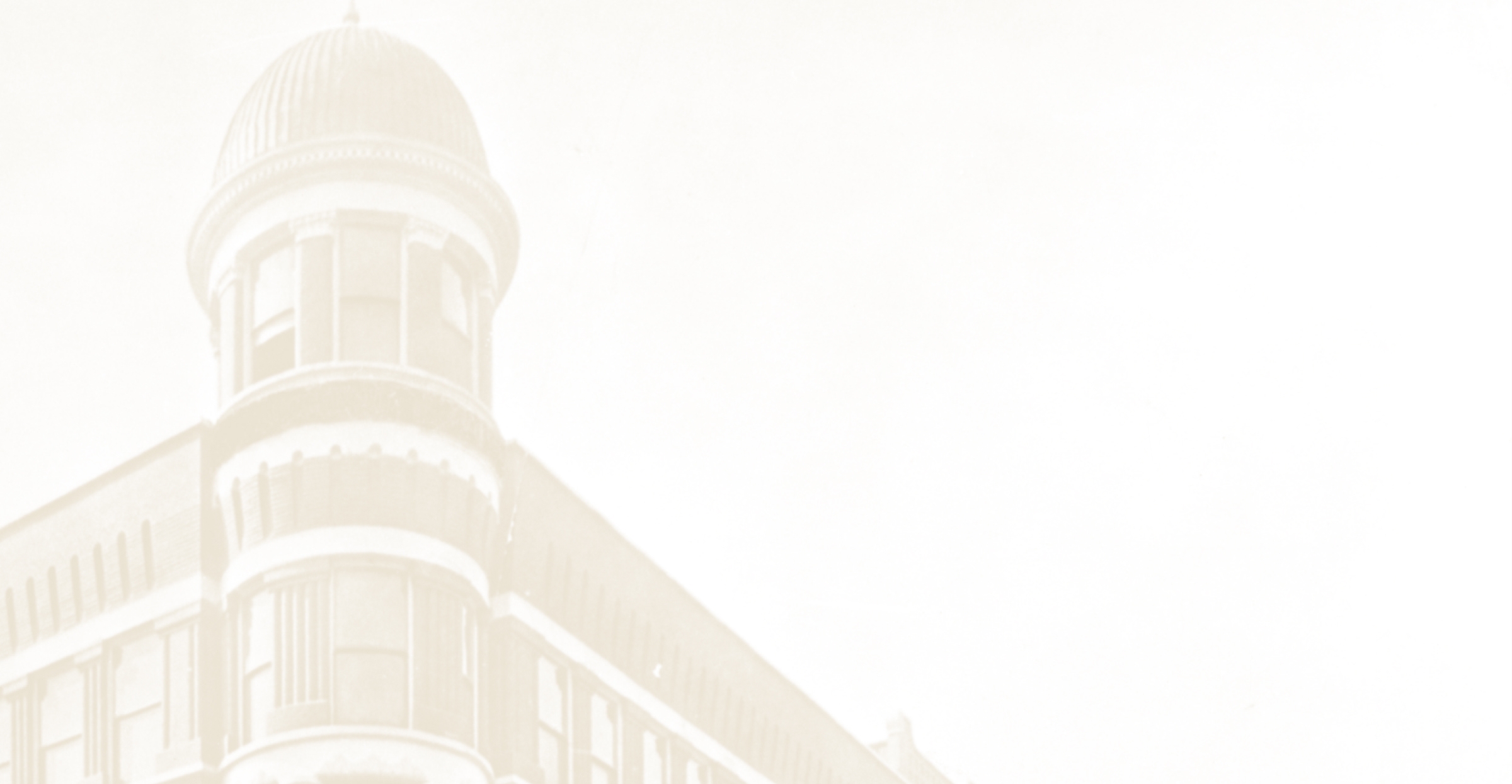
The One Cent Savings Bank
Clock from Citizens Savings Bank of Nashville, Tennessee
In 1904, Richard H. Boyd and 15 other African American businessmen created a bank to serve the needs of Black communities in Nashville, Tennessee. Now called Citizens Bank, it is the oldest continuously operating African American bank in the country. Boyd and his partners sought to provide fair and adequate financial services for African Americans since local white-owned banks refused to serve them.
African American Entrepreneurs
First home office building of the North Carolina Mutual Life Insurance Company, Durham, North Carolina
African American businesses large and small catered to Black customers, many of whom had been treated poorly by white businesses. Some African American businesses became very successful and expanded across the country. Booker T. Washington pointed to these businesses as examples of the possibilities of hard work and the importance of economic success.
The National Negro Business League
The Negro in Business
Booker T. Washington launched the National Negro Business League (NNBL) in 1900 to help create a network of successful Black businesses and improve African Americans’ economic standing. The NNBL demonstrated Washington’s belief that Black improvement must first come through their own efforts. White people, he believed, would ultimately value African American economic contributions and grant them greater civil rights.
National Negro Business League meeting in Louisville, Kentucky
Front of National Negro Business League pin
Booker T. Washington formed the NNBL to encourage African Americans to establish businesses and achieve economic success as a path to political and civil rights.
Back of National Negro Business League pin
The NNBL sometimes used a beehive as its logo. Bees represented hard work and self-determination. During the NNBL's first meeting in 1900, member Giles B. Jackson said "..there is no Negro problem to solve...like the honey bee, he will solve his own problem."
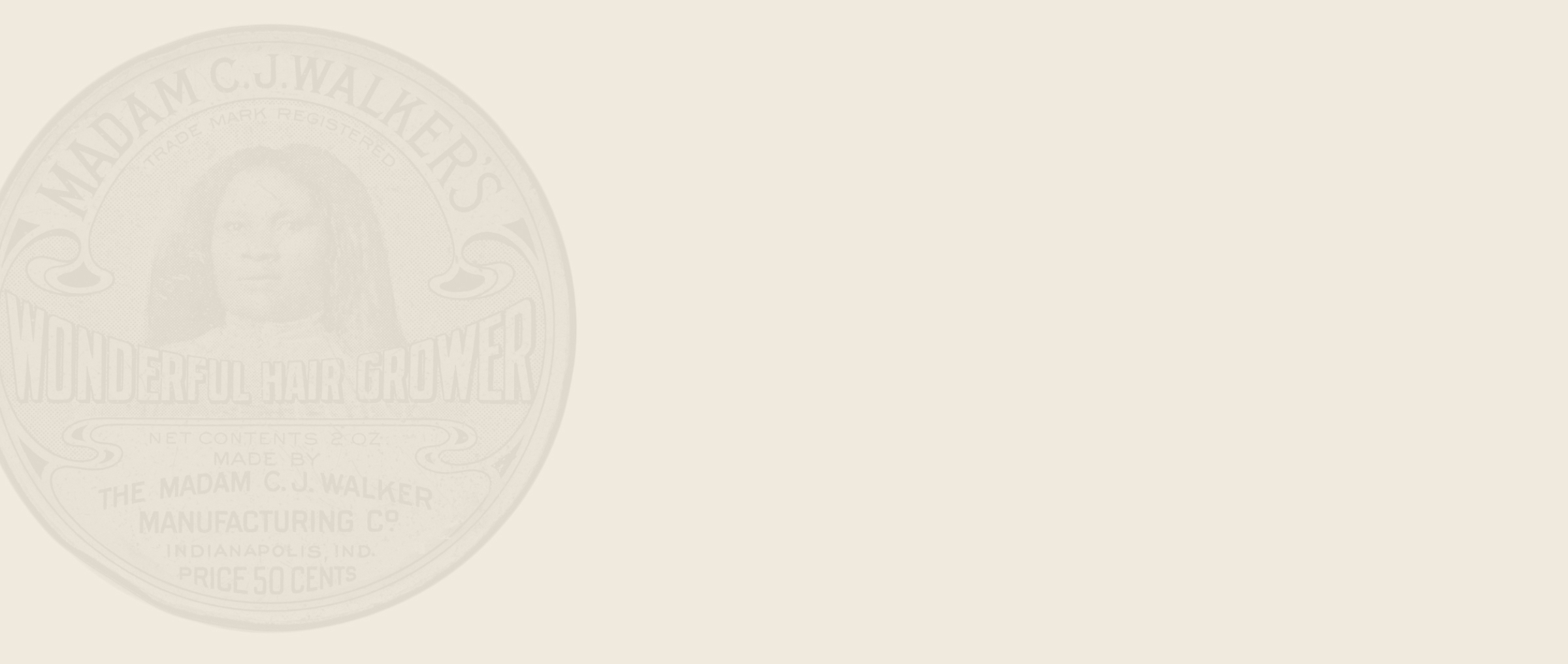
Annie Malone and Madam C. J. Walker
Annie Malone
Madam C. J. Walker
Annie Malone and Madam C. J. Walker were entrepreneurs and early pioneers in the Black beauty industry. Malone established herself in Illinois and created haircare products for African American women. She established Poro College Company—a cosmetics school—after relocating to Missouri. Walker was trained at Poro College and later developed her own line of hair and beauty products. She eventually relocated to Indianapolis where she established the Madam C .J. Walker Company. It employed 40,000 people, most of whom were Black women. Walker’s business success made her the first self-made female millionaire in the United States.
Related Exhibition
An Enterprising Spirit
Skilled artisans, inventors, and entrepreneurs built businesses to create economic opportunities. These businesses employed community members and provided much-needed goods and services.
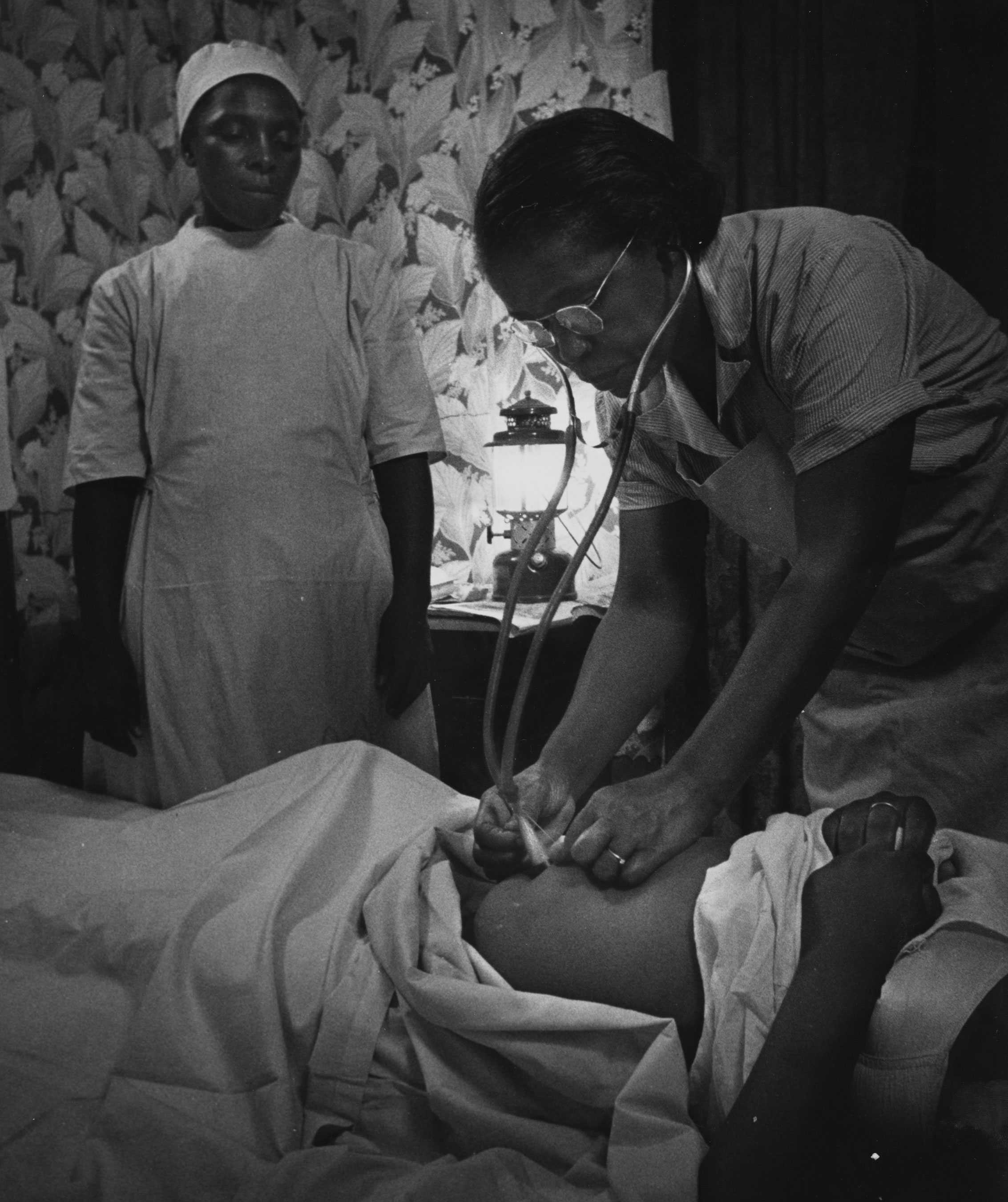



The Black Press
The Richmond Planet
The California Eagle
African American newspapers focused on events in the African American community overlooked by other newspapers. The newspapers covered the rich variety of local, national, and even international activities in the Black community, such as how Black soldiers fared during World War I. The papers expressed pride in their community and frustration with segregation. African American newspapers tended to have a different outlook than mainstream presses, which often portrayed African Americans negatively and told sensationalized stories of crime in Black communities.
The Chicago Defender
Robert Sengstacke Abbott
Robert Abbott and Newsboys
Founded in 1905, the Chicago Defender quickly became the most influential African American newspaper in the country. The Defender spoke out against racial injustice and encouraged African Americans to leave behind the challenges of southern life. The paper was the first African American publication to have a circulation of over 100,000. Robert Abbott, its editor, labeled it “The World’s Greatest Weekly.”
Detail of front page of the Chicago Defender
Robert S. Abbott as the Chicago Defender's Editor
Robert S. Abbott proudly referred to the paper as “the mouthpiece of 14 million people.”
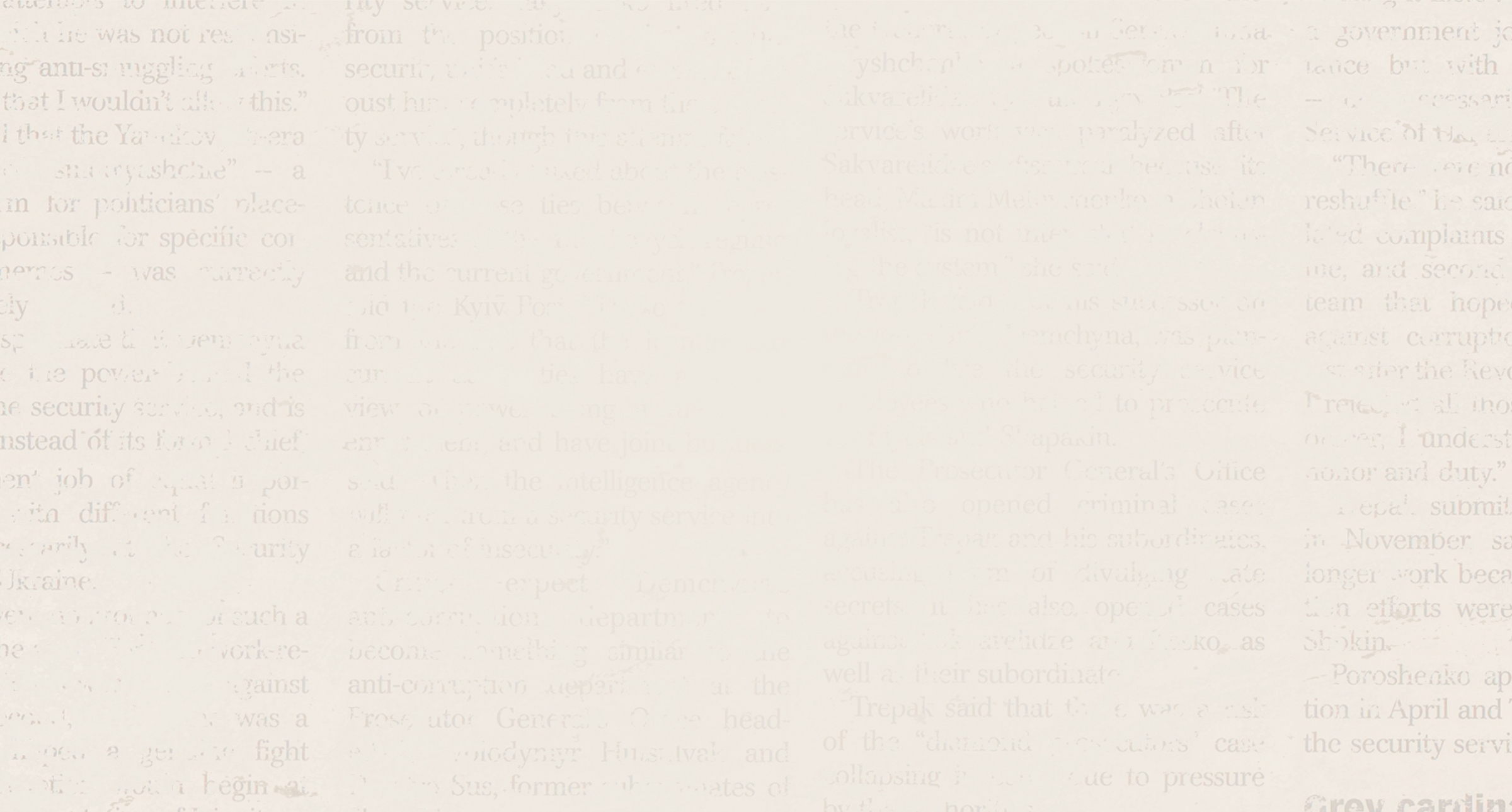
Related Exhibition
The Power of the Press
Black newspapers helped establish an independent voice for Black communities and fostered shared interests among African Americans living in different parts of the country. Publishers and journalists challenged racism by exposing injustice, reporting on civil rights activism, and presenting positive images of Black identity and achievement.

